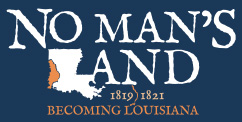No Man's Land
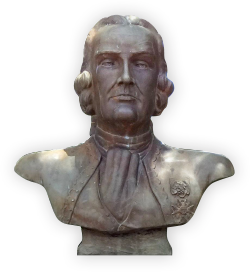

Natchitoches Parish
Natchitoches Parish


Natchitoches Parish
Natchitoches Parish


(Faine & Gregory, 1986).
Sabine Parish


Southwest Louisiana


Near Elizabeth, LA
Allen Parish
Sabine and Natchitoches Parishes


Sabine and Natchitoches Parishes
LeCompte Land Grant
One of the earliest original land grants was made to Ambrosie LeCompte, a resident of Natchitoches Parish. The present day city of Leesville is located near the center of the LeCompte grant. Monsieur LeCompte received one square league of land, measured in such a manner that each half of the land is astraddle the road that passes through L’Anacoco Prairie. The grant is dated April 17, 1787, and signed by Don Antonio Gil Y’Barbo, Captain and Commandant of the post at Nacogdoches. As stipulated in terms of the grant, Monsieur LeCompte was to permit no stranger who did not have the proper passport to travel through his grant. He was given the authority to arrest the trespasser and to escort him to the Spanish officials at Los Adais. The LeCompte land grant was operated as a stock farm and plantation into the 1840s.
Vernon Parish

Early 1800s

Sabine Parish
Bayou Scie (Zwolle area), Sabine Parish


Vernon Parish
Calcasieu River area


Sabine Parish
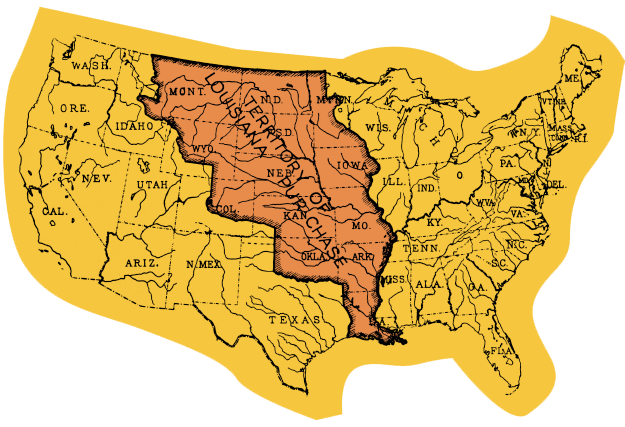

Natchitoches Parish

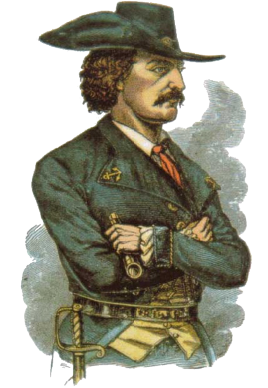

Pirate Jean Lafitte sold slaves and goods using the Neutral Strip as an entry point. The Neutral Strip became known as “the back door to the United States.”
Coastal Louisiana and Texas
Sabine and Natchitoches Parish

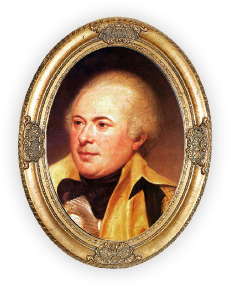

“the question of sovereignty should remain subject to the amicable adjustment of the two Superior governments.”
Western Louisiana
Beauregard Parish


Sabine Parish
United States

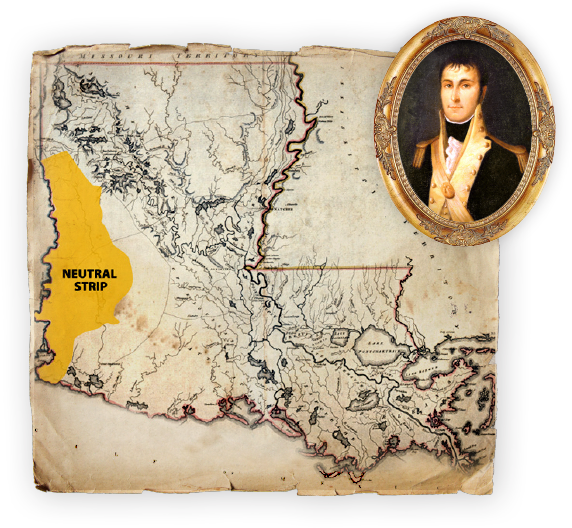

Zebulon Pike Patrols
Patrolling Louisiana’s Neutral Strip became a delicate dance of political negotiation. Any action conducted by America aroused the suspicions of Spain. Any action by Spain made America leery. Understanding that the solution required diplomatic finesse, Texas Governor Manuel Salcedo approached Louisiana Governor William C. C. Claiborne. Claiborne appointed Lieutenant Colonel Zebulon Pike to form a joint military expedition. Pike had clear instructions. His soldiers were to remove only squatters and outlaws. Settlers who had lived in the region before the Louisiana Purchase were to be left alone. During his 1812 foray into No Man’s Land, Pike’s troops drove out outlaws but also burned houses, tents, and camps belonging to many established settlers.
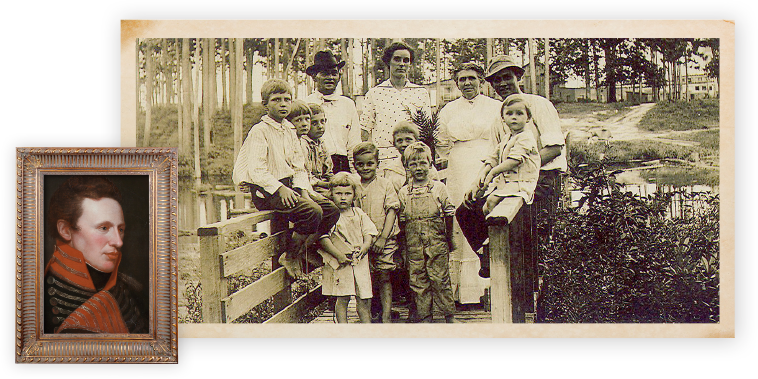

War between United States and England began,
“War of 1812”


Louisiana
Sabine Parish

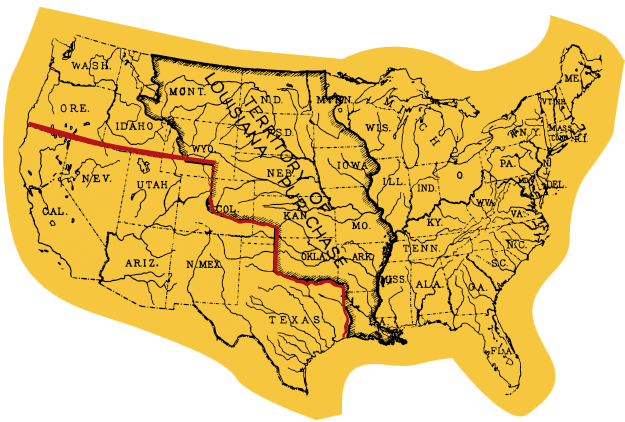

Adams-Onis Treaty draws lines
Adams-Onis Treaty established the legal western boundary of the Louisiana Purchase and therefore the western boundary of the United States at the Sabine River. Signed by John Quincy Adams and Luis de Onis of Spain on February 22, 1819.
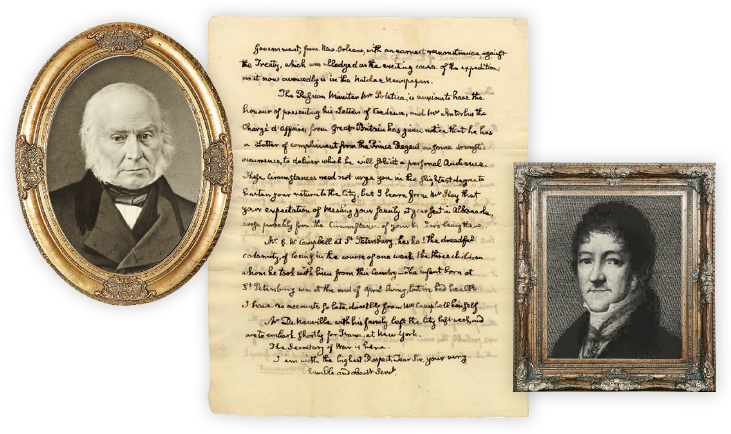
Adams-Onis Treaty ratified
The treaty was ratified by both governments and became effective on February 22, 1821.




Sabine Parish
Sabine Parish


Sabine Parish


Choctaw-Apache Ancestors claim land between Rio Hondo and Sabine River
Sabine Parish
Lake Charles, Calcasieu Parish


(Faine & Gregory, 1986).
Sabine Parish
Lake Charles, Calcasieu Parish

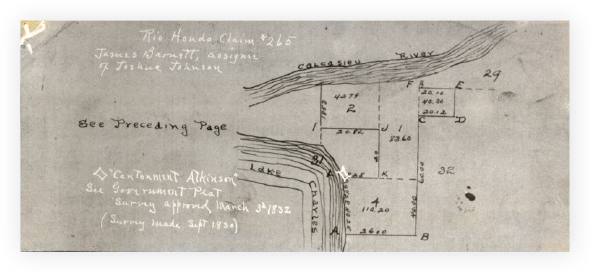

Lake Charles, Calcasieu Parish
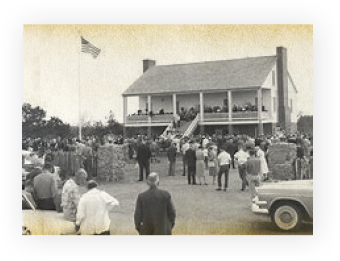
Sabine Parish


Calcasieu Parish
Sabine Parish
DeSoto Parish created by State Legislature (from Caddo and Natchitoches parishes).
DeSoto Parish


Bayou Scie (Zwolle area), Sabine, LA
Calcasieu Parish


Near Elizabeth, LA
Allen Parish
Sabine Parish


